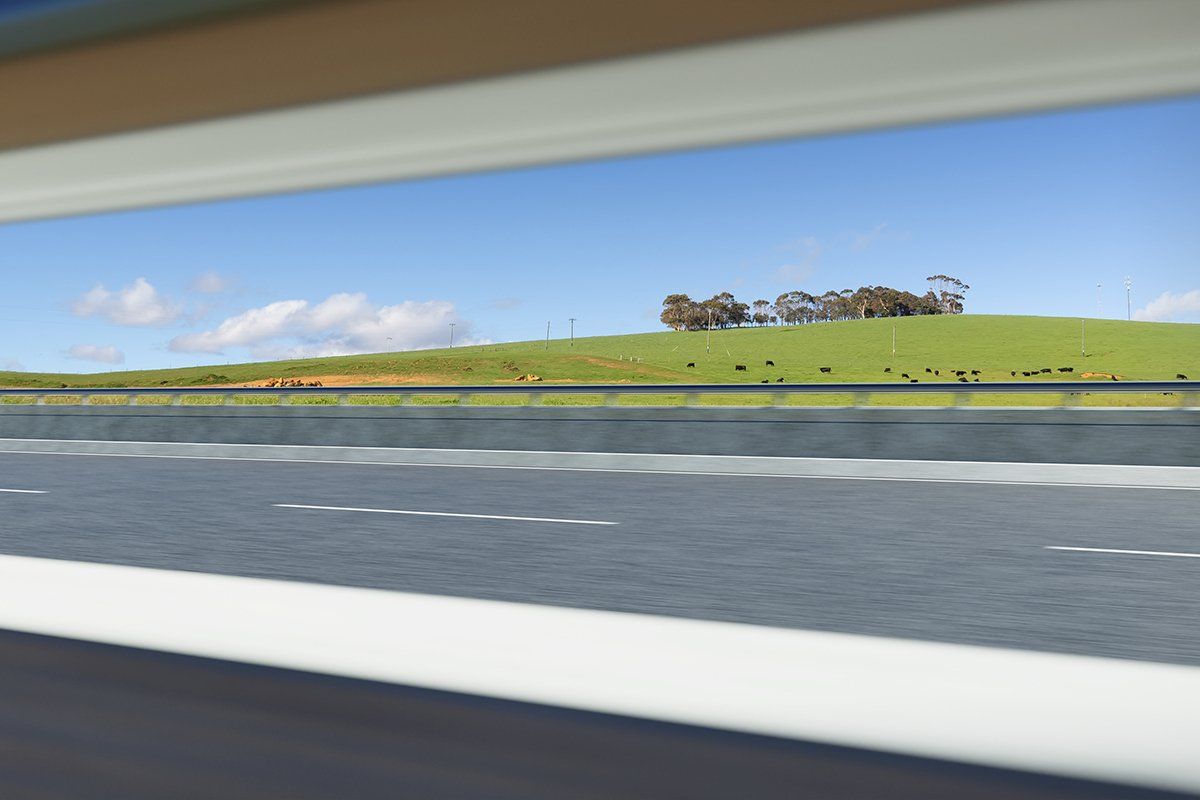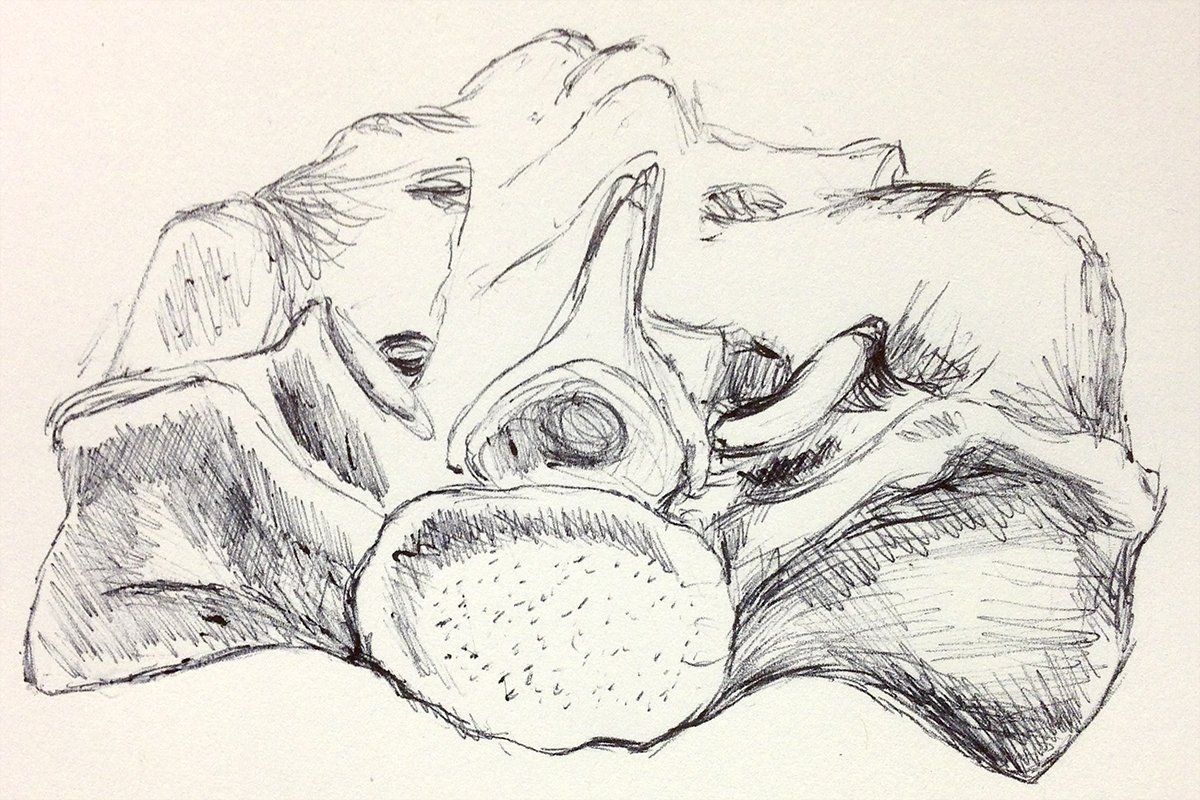4. Hermeneutic Realism

In this post, I write a little more about the subject of Hermeneutic Realism (which I am capitalising today), and to give an illustration of how we can understand it.
Realist ontology accepts that the things of the world do indeed have substantive existence, and are not (as the counter-example would claim) projections or illusions (think of the world conjured by the Wachowskis in The Matrix). Even projections and illusions, from a realist stance, have substantive existence (in that they originated from some real source that has existence). Realism has champions from different disciplines (e.g. Roy Bhaskar’s Critical Realism), and is considered to be an ontological stance that challenges both scientific positivism and post-modern constructivism.
Hermeneutic Realism (closely related to Dreyfus & Taylor’s Plural Realism and Gabriel’s Fields-of-Sense Realism – see last week’s blog) is a version of realism which makes an ontological claim that the world and its phenomena are indeed real, but that they are only ever meaningfully real within the context of their manifestation. This is not about perspectives: it is about what is disclosed. This sounds such a mangled way of putting it, that perhaps an example would help.
I drive past a hill on my way to work, once a week. Some days I notice it, and some days I don’t. If it’s raining, my eyes are on the road and I don’t look. Sometimes I forget about it (it’s only a hill and I’m on my way to work). Sometimes I look at it, on my way back from work, and notice daffodils on the hill, and this pleases me. Once every now and then, I might walk up the hill, and from there I can look over the city. If I turn in the other way, I can see the mountains that border onto Scotland. If I take the dog for a walk, she might speed past me and run up the hill, and if there are cattle on the hill, I put the dog on the lead. A friend walks with me one day and takes faster strides than me and notices how puffed I am by the time I get to the top – it’s barely EVEN a hill, he thinks! This hill discloses itself to the cattle, to the moonshine, to my dog, to my friend and to the joggers and sledgers in its unique way, in any given temporo-spatial context.
This might sound as though I am saying that the perspective of each of the “users” of the hill is what defines Hermeneutic Realism; but this is not the case. The ontological claim of Hermeneutic Realism does not depend on the observer’s perspective (or their epistemology), but on the way the hill fits into any given context – how it is situated. So, there is no one, true hill that is more fundamentally real than any other manifestation of the hill. It is not the stone, earth and heathland first and foremost. It is not its location on the map, either. The hill makes its appearance, within its network of relevance – its meaningfulness – according to its participation with other factors – people, animals, history, geography, botany (and on and on). Science doesn’t have the first claim on defining the hill; neither does history (look down from the top of the hill, and you can see the outline of an old race-course); and, having the last laugh on us, nor does economics (the hill is an artificial mound made from spoil in the formation of the central motorway!).
In my next post...
The relevance of this to a phenomenological research project will take some further explaining – in my next post.
You might also like...




